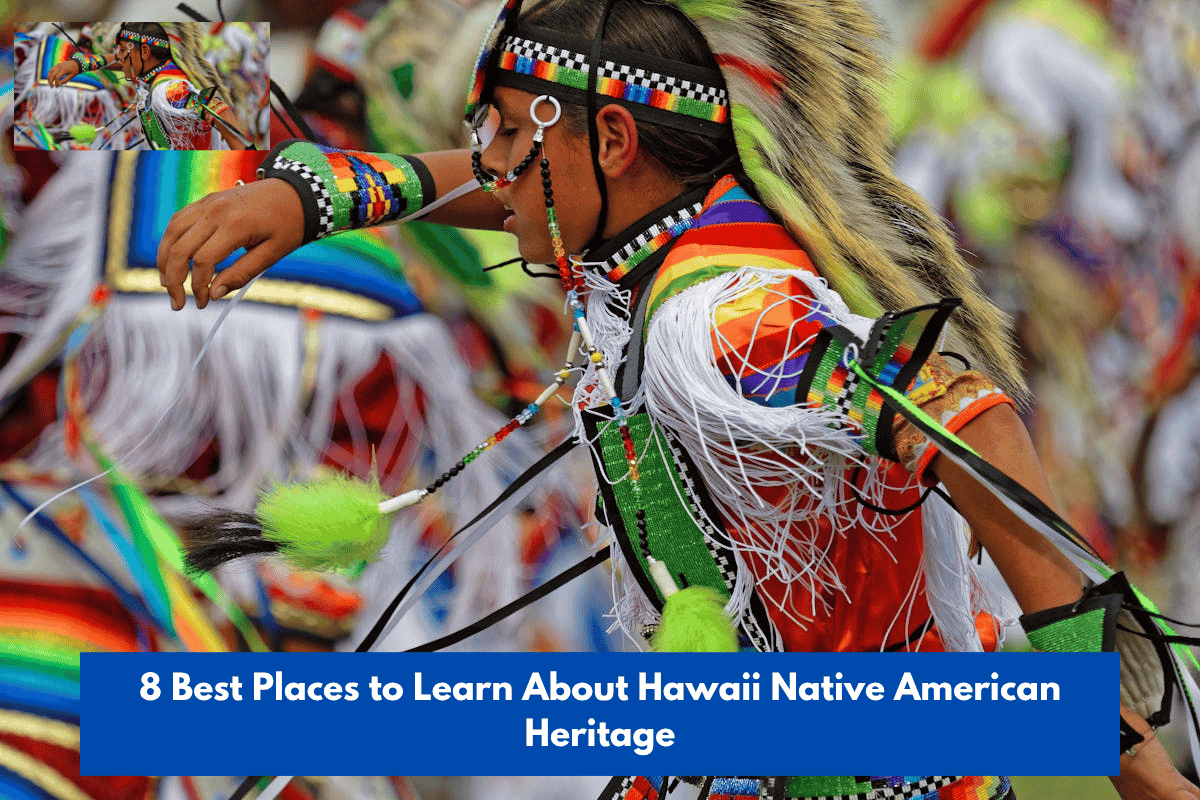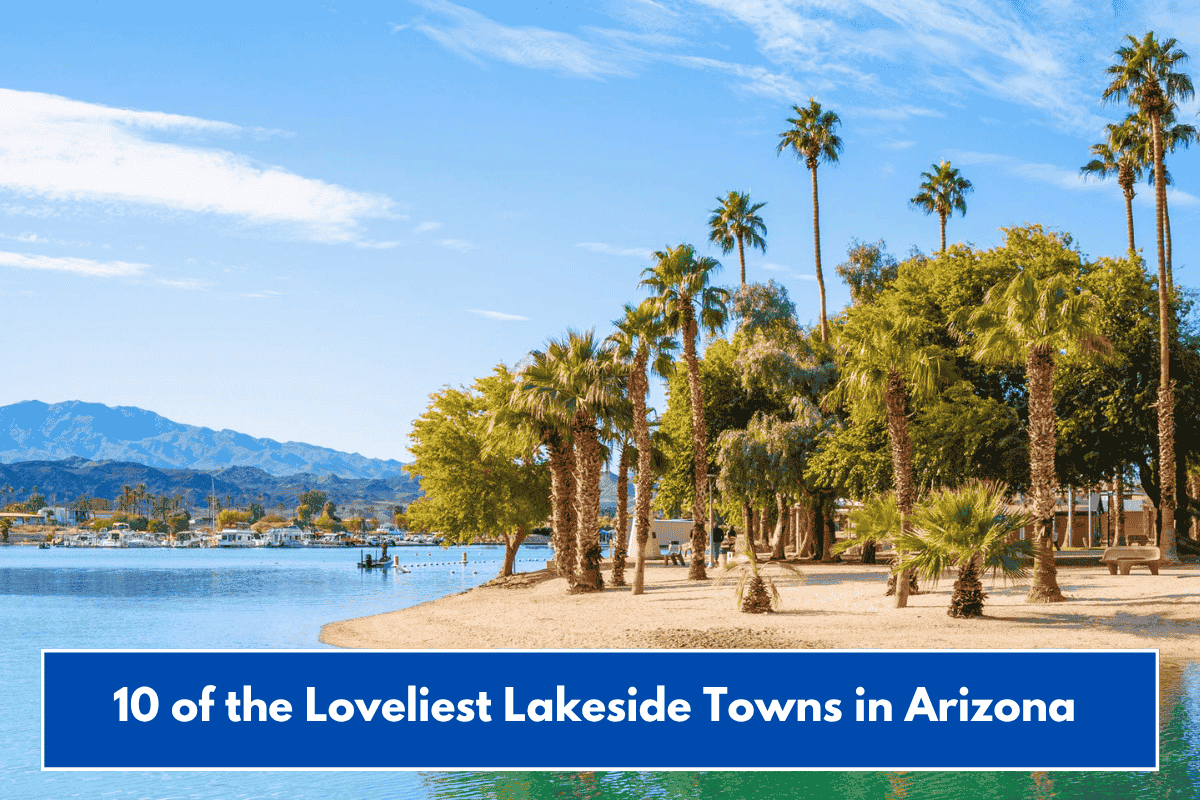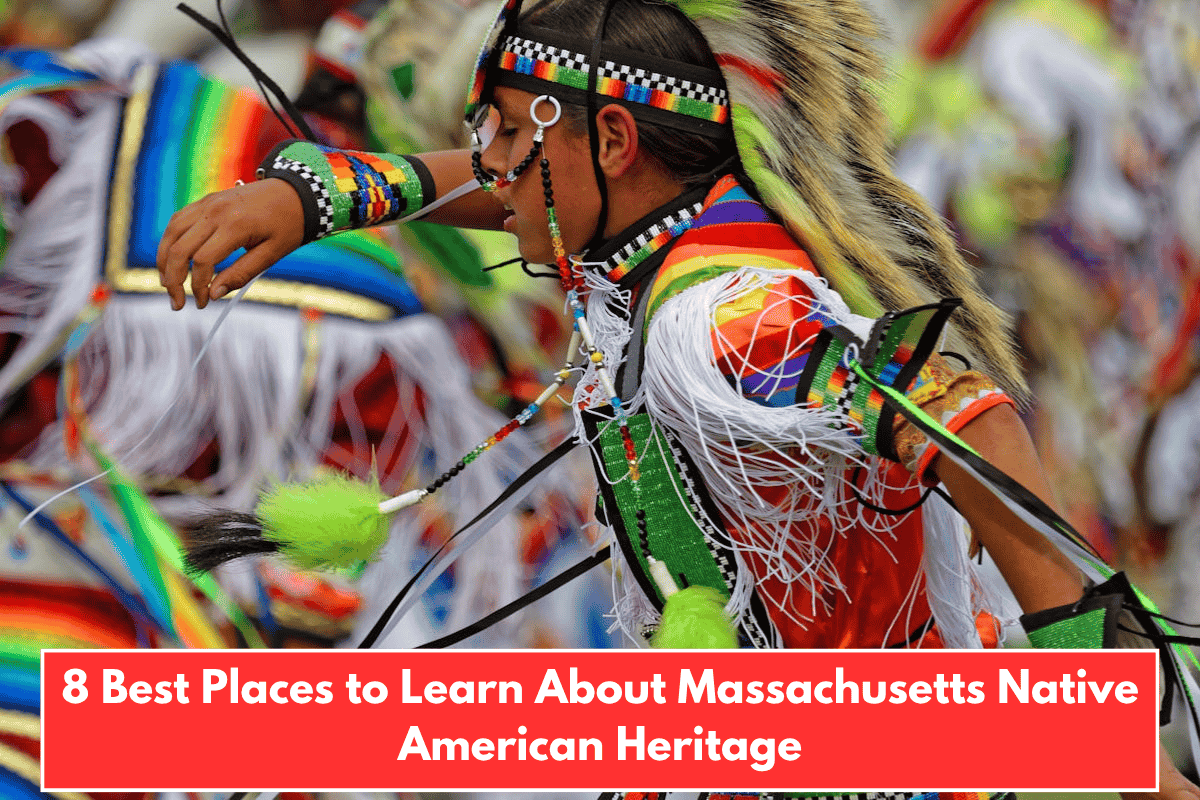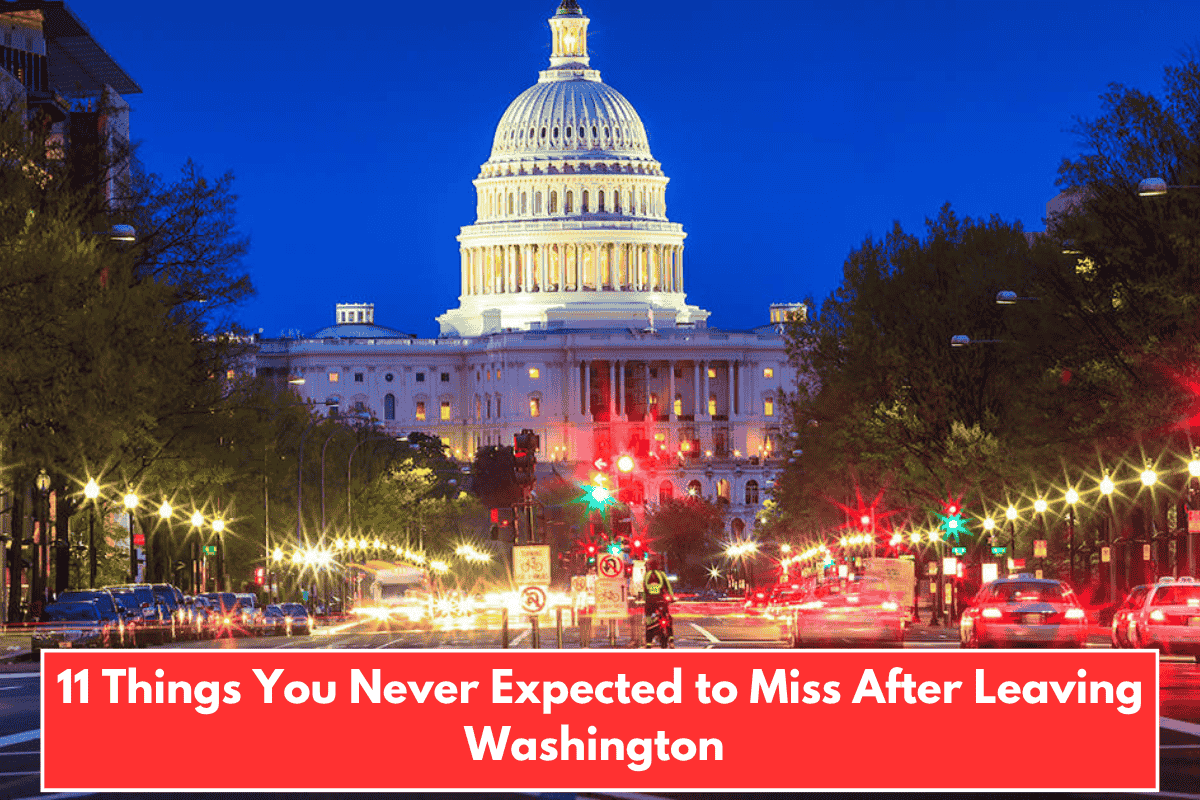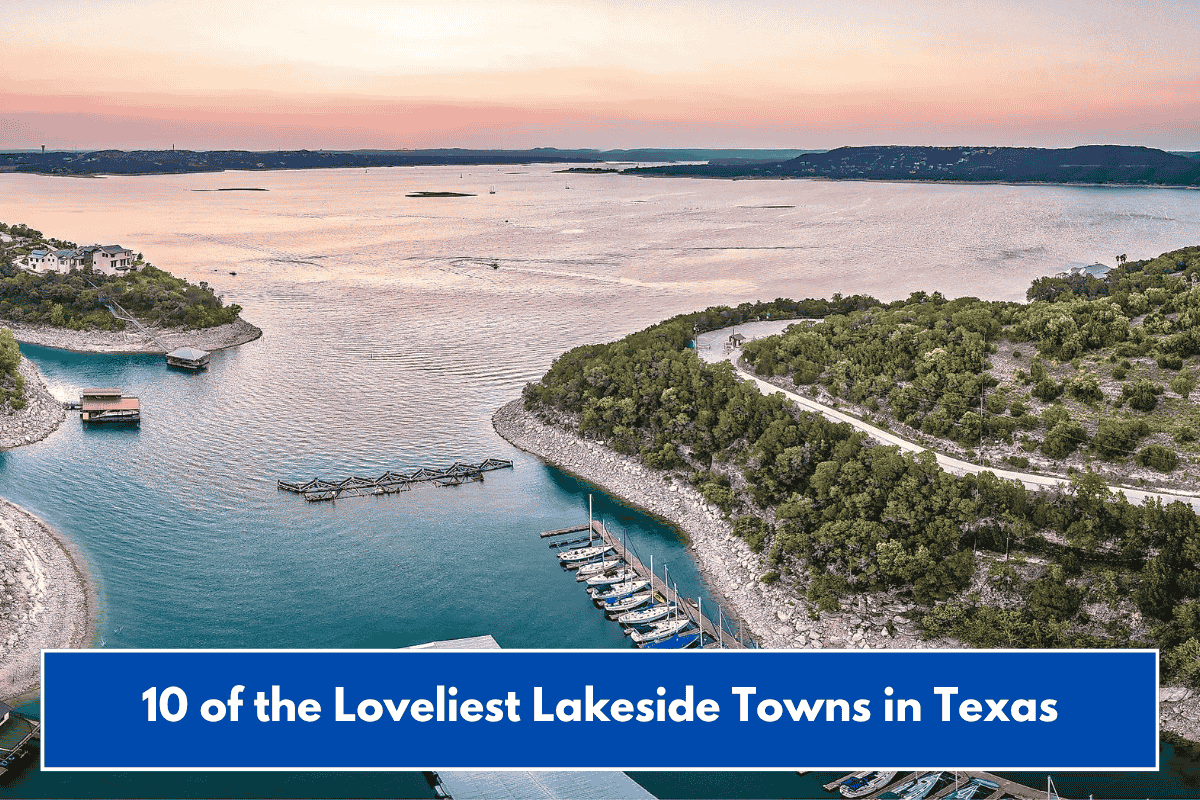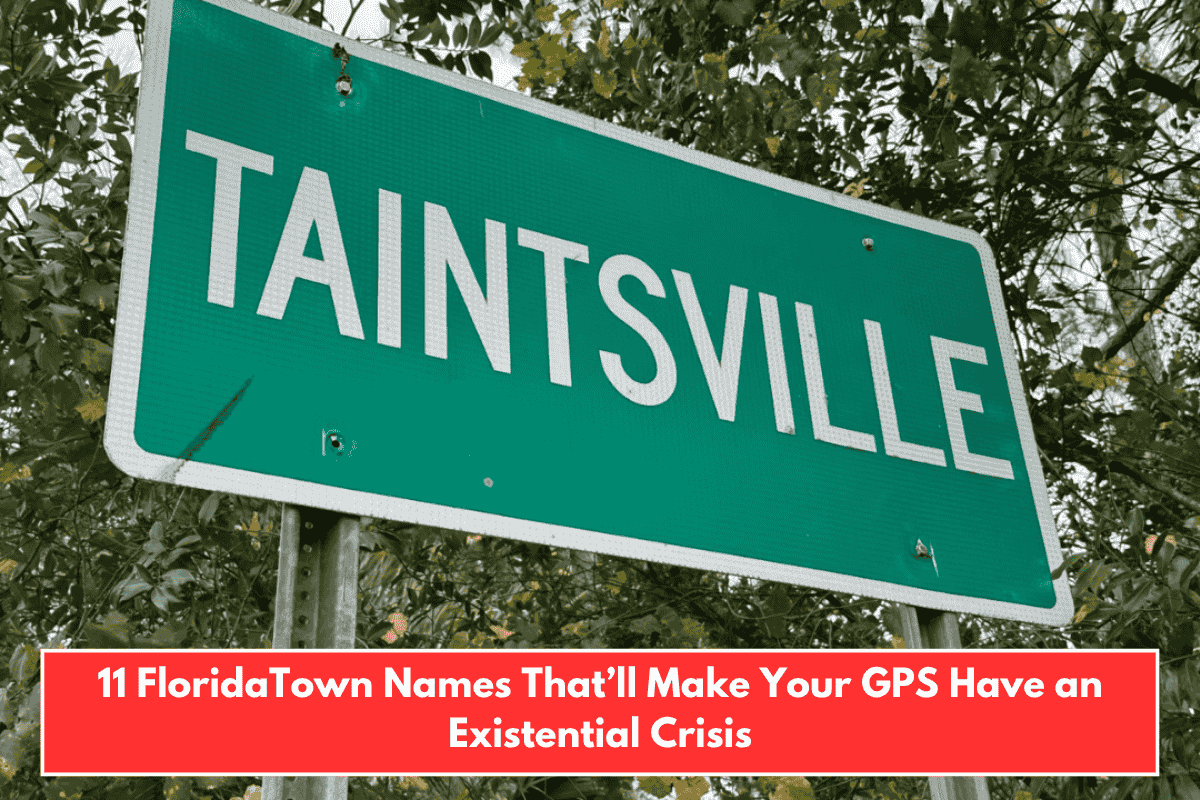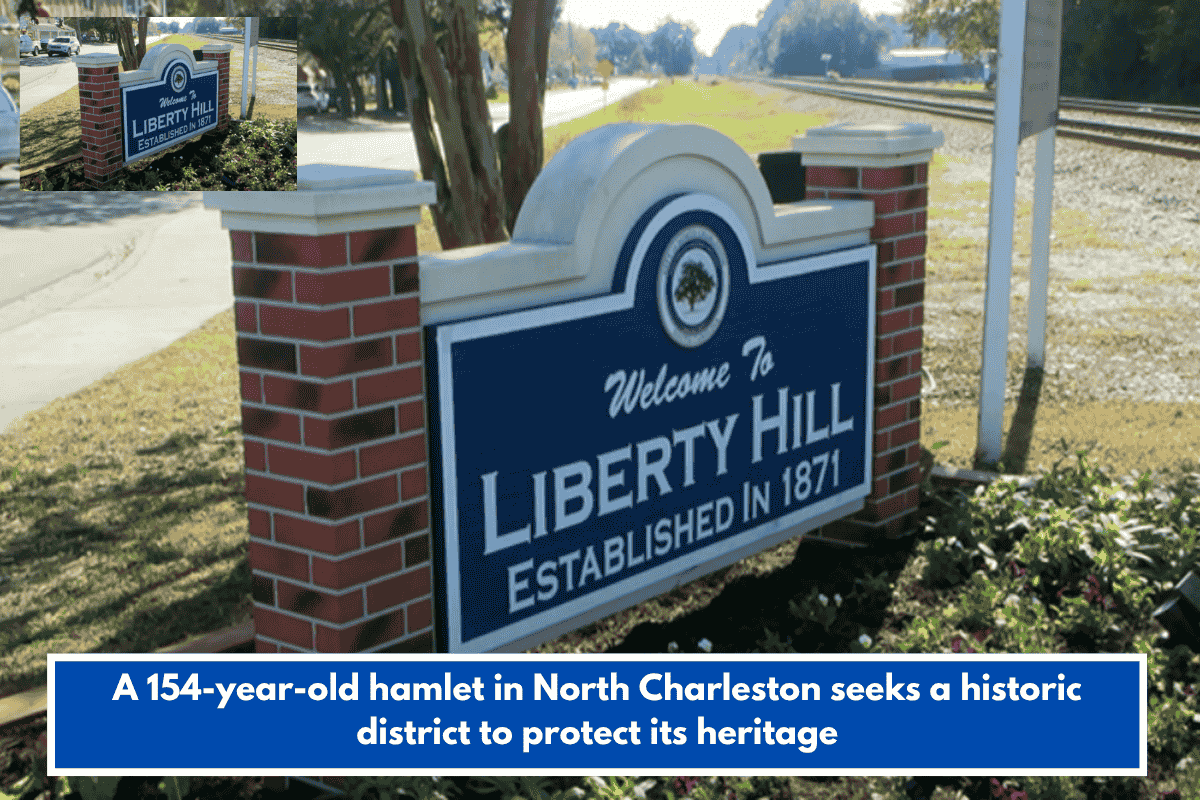Here are 8 of the best places to learn about Hawaii’s Native American (Native Hawaiian) heritage, each offering deep connections to culture, history, and the indigenous people’s relationship to land and tradition:
- Bishop Museum (Oʻahu)
Founded in 1889, the Bishop Museum in Honolulu is the premier destination for immersive exhibits on Hawaiian natural and cultural history. It houses millions of artifacts, presenting everything from royal lineage and ancient crafts to contemporary cultural resilience. - ʻIolani Palace (Oʻahu)
The only official royal palace in the United States, ʻIolani Palace showcases the rich legacy of Hawaii’s last reigning monarchs. Guided tours delve into the overthrow, restoration efforts, and the ongoing significance of Hawaiian sovereignty. - Kaloko-Honokōhau National Historical Park (Big Island)
This historic site preserves ancient Hawaiian settlements and traditional fishing and agricultural practices. Visitors can see heiau (temples), house platforms, petroglyphs, and learn about the indigenous relationship to land and water. - ʻImiloa Astronomy Center (Big Island)
Beyond astronomy, this center explores the interplay between Hawaiian wayfinding (celestial navigation) and cultural identity, with exhibits that connect science, environment, and traditional knowledge. - Puʻuhonua o Hōnaunau National Historical Park (Big Island)
Known as a place of refuge for lawbreakers in ancient times, this park preserves royal grounds, carved kiʻi statues, and ancient temples central to Native Hawaiian history and law. - Lapakahi State Historical Park (Big Island)
Visitors can wander through a partially restored 600-year-old fishing village, experiencing ancient Hawaiian daily life and cultural practice along interpretive trails. - Kānewai Cultural Resource Center (Oʻahu)
A living sanctuary for Native Hawaiian people, educators, and visitors, this Honolulu center provides hands-on experiences with kalo (taro) farming and cultural workshops, making heritage accessible to the community. - Haleakalā National Park (Maui)
This expansive park is home to rare species, sacred summit grounds, and historical sites. Stories and guided programs focus on the spiritual and environmental ties of Native Hawaiians to the land.
These places highlight the ongoing effort to preserve and perpetuate Native Hawaiian culture, offering visitors and residents authentic ways to learn, participate, and appreciate Hawaii’s indigenous heritage.
SOURCES
[1](https://www.gohawaii.com/experiences/history-culture)
[2](https://hawaiiteacherstandardsboard.org/content/hawaiian-culture-history-and-language/)
[3](https://www.reddit.com/r/VisitingHawaii/comments/1b8dfpu/how_to_learn_about_hawaiian_history_and_culture/)
[4](https://visitusaparks.com/exploring-indigenous-hawaiian-heritage/)
[5](https://www.nps.gov/locations/hawaii/heritage.htm)

